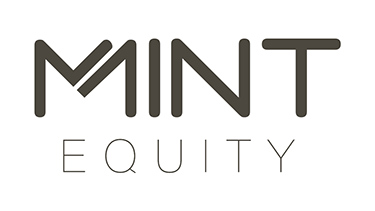While having the ability to rent out a property can give you a source of a steady monthly income, investing in property should never be a decision taken lightly. Taking the leap into an investment property loan requires a lot of thought, planning, advice seeking and commitment to ensure it is financially viable for you now and for the long term.
Choosing the right property, deciding on the right investment property home loan, dealing with rental managers and/or tenants, future maintenance work like plumbing and electricity – it can be a lot to handle so you need to start at the very beginning; how much of an investment property can you afford?
Home prices have bounced back so there could well be some valuable deals around. In February 2016 Sydney and Melbourne both saw large jumps in auction clearance rates. Sydney (70.2%) and Melbourne (80.1%) both well above the figures of around 50% that was being achieved at the end of 2015. As listing number increase there’s more scope to find a wise investment.
Finance costs
Bank lending criteria for investment properties has tightened over the last 6 months, but it is still possible to purchase properties for investment purposed. It just means you need to work within the new credit policy and a good mortgage broker will guide you through the challenges.
Most lenders have introduced a new loading on investment properties usually 0.2% to 0.8% more than owner occupied home loan interest rates.
While overseas investors are still in the market their numbers have been decreasing since the lender changes, leaving the way open for more local investors. Find a great property manager and start by learning more about the local market and where great investments can be made.
Next you need to gain an understanding of stamp duty and how that affects the cost of your investment property lending. Stamp duties by states is listed below but always seek professional advice.
Stamp duty and fees across Australia
Stamp duty, transfer and registration fees vary from state to state. You can see from the table below the difference across the states when purchasing an investment property for $500,000 with a loan amount of $450,000.
Depending on where you are purchasing your investment property, stamp duty and fees vary significantly. Australian Capital Territory has the lowest stamp duty and Victoria has the highest.
Property stamp duty calculator
To check how much purchase stamp duty and what fees are associated with the purchase of your investment property, take a look at our stamp duty calculator.
Ongoing costs
There are ongoing costs that an investment property will incur, even while being offset by your rental income:
- Council rates
- Landlord’s insurance
- Water charges (depending on the area in which you invest)
- Agency management fees
- Maintenance and repairs
Ensure you have an adequate buffer in place to cover unexpected maintenance and repair costs or a period of unexpected vacancy.
Holiday rental income
If you’re considering an investment property that you won’t be renting out full time, such as a holiday house you can still offset the costs somewhat. You can list your property with the likes of AirBNB or arrange a holiday let through an agency - again, ensure that you consider the costs involved in using an agency to handle property bookings and the cost of furnishing a holiday property.











